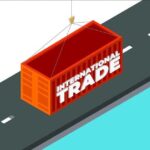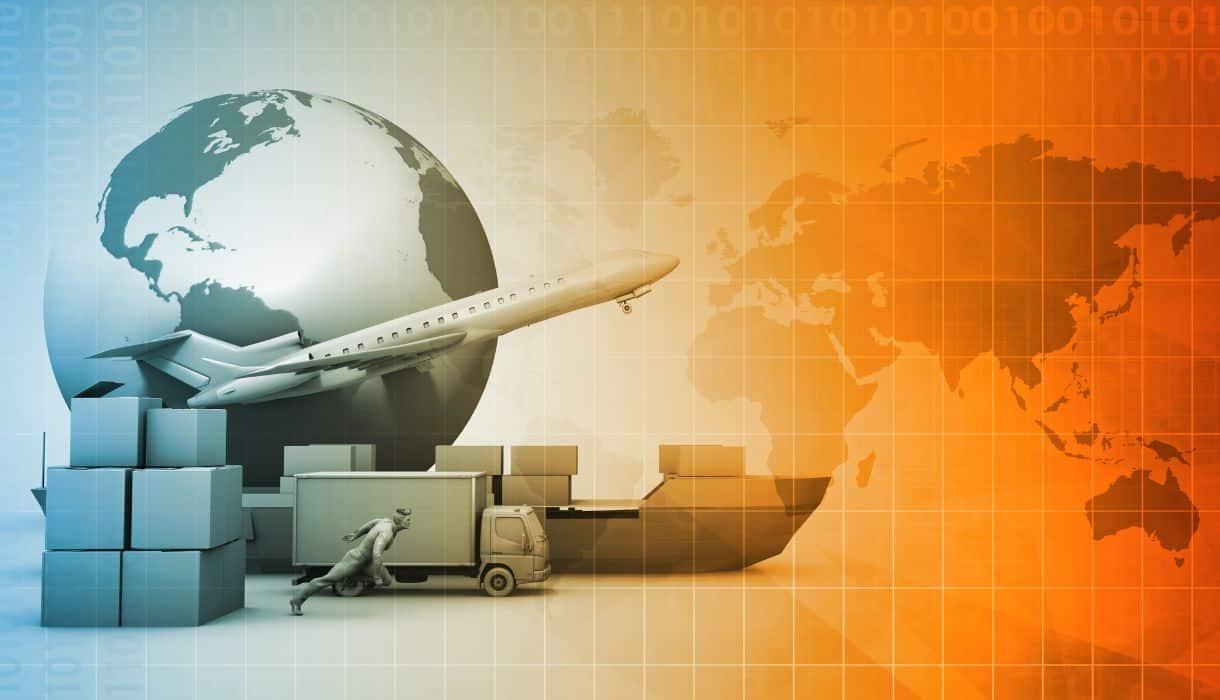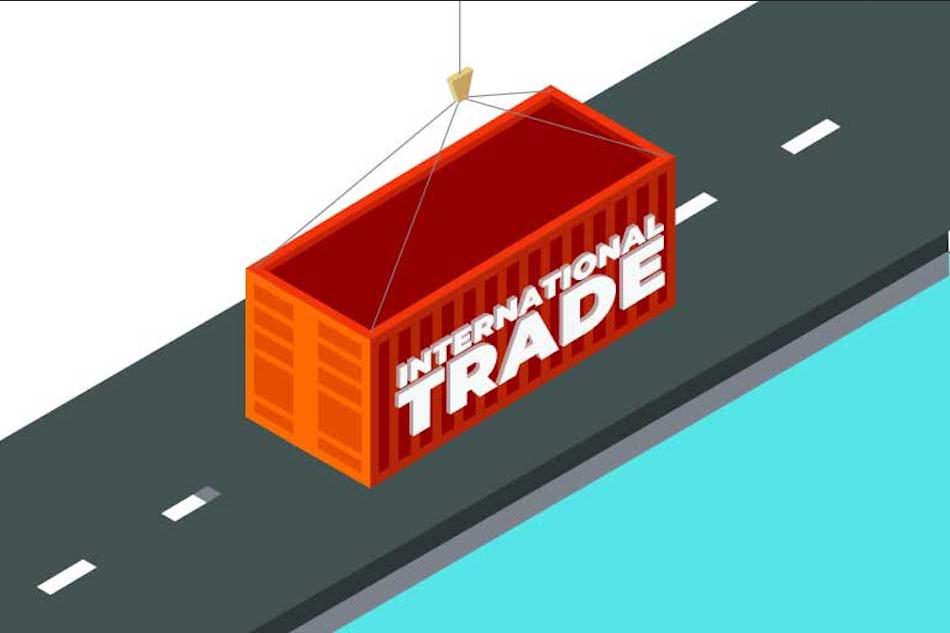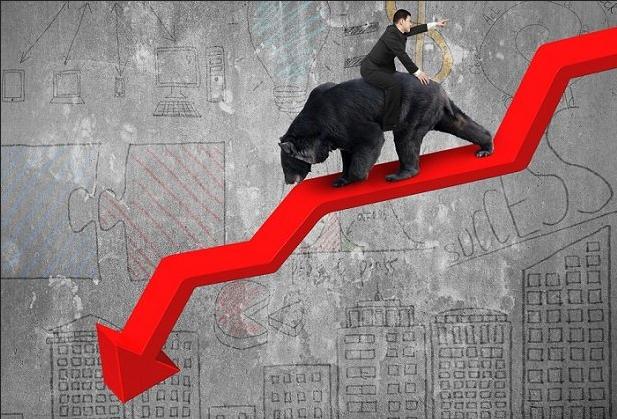One of the concepts we talked about in previous posts was the trade surplus. In order to better understand this idea, we must delve into its technical definition and why it is so important in the International Monetary Fund‘s reports on imbalances in the international economy.
A nation is said to have a trade surplus when its exports are greater than its imports in nominal terms, that is, in money. What a nation earns in money, by exporting, has to exceed what it spends or consumes, by importing, so that a trade surplus can exist.
In the international economy, not all economies have this type of favorable situation in their balance of payments. Some countries, instead of having a trade surplus, have a deficit. That is, these countries import more than they export.
How is the trade surplus measured?
Nations tend to keep records of their exports and imports in relation to their Gross Domestic Product. In other words, with respect to the total size of its economy.
If we have, for example, an economy with a size of 100 billion dollars, which exports 10 billion dollars and imports goods worth 5 billion dollars, we will have exports exceeding imports worth 5 billion dollars. Which, with respect to the size of the economy, which is 100 billion dollars, results in a trade surplus of 5%.
This is a simple example of a trade surplus, as many more factors come into play when understanding the balance of trade and whether the relationship is positive or negative. Such factors may be: prices of goods abroad, exchange rate, the costs of transporting goods from one country to another, remittances sent from the country as well as those arriving from abroad, etc.
Importance of this indicator
The existence of a trade surplus, which indicates a positive relationship in the trade balance, is a very important indicator for countries since it gives us an idea of their position with respect to the international economy. A high surplus gives us the idea of a strong economy, which is producing much more and whose economic sectors are dynamic.
Meanwhile, on the contrary, the existence of a trade deficit, a negative result in the trade balance, indicates that a nation depends much more on the production of other nations to satisfy its needs, and that therefore its productive sectors have not been developed. .
What countries are looking for
Countries constantly strive to improve their position in the international economy, improving local production indicators to achieve a trade surplus. However, excessive strength of one economy means that it is achieved at the expense of others. For example, when a country exports more than it imports, it is because other nations are importing more than they are exporting.
One of the worrying cases for the international economy was the excess trade surplus in China, which reached 10% in 2007, which indicated that the Chinese economy had great strength and had become the world’s factory. but that it was achieving at the expense of other countries such as the United States and European nations that were beginning to register significant trade deficits in their respective records.
And what is the ideal scenario?
In this context, the existence of a high surplus that benefited China, the United States, under the administration of Donald Trump, went so far as to impose trade tariffs on China, seeking to reduce its trade deficit, which is currently more than 2% of GDP, and thus strengthen its local production, especially in manufacturing and automotive industries. But these protectionist measures could turn against the United States, since many base materials in the American production chain use products manufactured in China that are then taken to the United States to produce new and more sophisticated products.
Therefore, nations must seek a balance between their economies, ensuring that there are no high trade deficits or exaggerated surpluses that threaten the development of other economies. The World Trade Organization is constantly working with various countries on a global scale seeking to achieve balances in trade that have the most optimal results for all while promoting international trade and economic growth.











